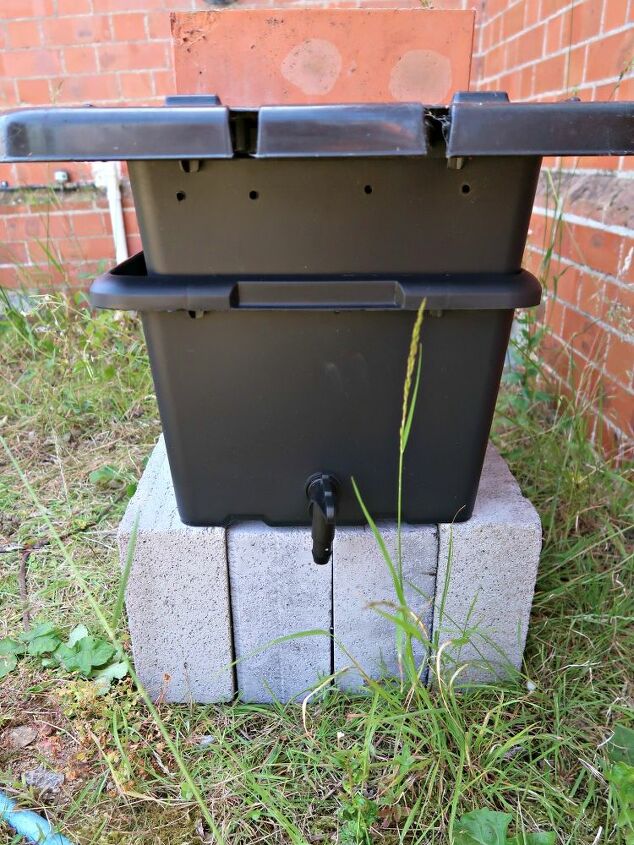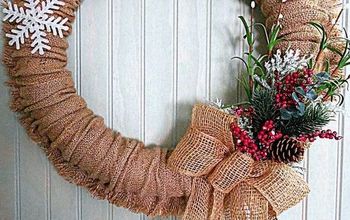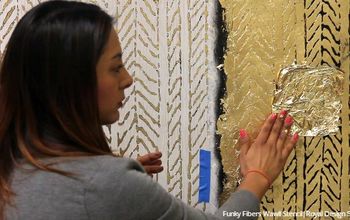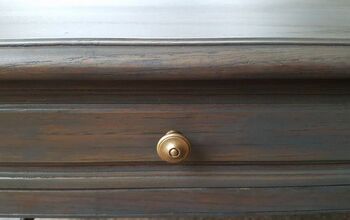DIY Wormery: How To Make A Worm Compost Bin

Putting food scraps on a compost heap doesn't work for us. They attract rats, foxes and our own very greedy dog. I've fancied trying a worm composting system for ages, but the price of shop-bought wormeries has always put me off.
We grow all our vegetables in raised beds and love them. You can read about all the benefits of using them in our post 20 advantages of growing veg in raised beds. You do, however, need to replace the nutrients the plants use to avoid them becoming depleted over time. We've tried a couple of methods to add goodness back into the soil this year. The first was our liquid compost made from weeds; the second was making our very own wormery.
What you need to build a DIY Wormery.
I opted to build my wormery with a sump and tap at its base. This is what I used.
- Three black plastic boxes that fit inside each other
- Something to use as a lid
- Water butt tap
- Bricks or pieces of wood
- Cardboard
- Worms
- Worm bedding (I used compost)
- Drill with regular bit plus a larger one for the tap
Note about worms: The tiger worms that are suitable for worm compost bins are different from the common earthworm you find in your garden. We ordered ours online, and all of them appeared perfectly happy when they arrived in the post. We opted to buy 500 grams of them to start our diy wormery.
How to build a DIY Wormery
I started with the bottom box, which will be the sump.
Carefully cut out or drill a hole to fit the thread of the water butt tap snugly. Position it as low as possible to minimise the amount of liquid left in the bottom when you drain the worm tea off. Screw the tap tightly into position then secure with the back nut. My tap sealed perfectly using the washer that came with it without having to use any sealant. Raising the wormery on blocks will make it easier to access the tap and drain off the liquid into a container.
Set this box to one side.
Drill quarter-inch holes in the base of each of the top boxes, approximately 2 inches apart.
Then drill a single row of holes near the top of each side of the boxes.
Using a piece of wood underneath the panel you are drilling will avoid any mishaps and give you something to push against. These holes will help to improve airflow, creating a healthier environment for your worms.
Handily my brother turned up as I was making my worm compost bin, so he did mine for me.
Assembling the Wormery.
Pick a location to site the wormery. It should be kept in a shady, sheltered position where it is easily accessible.
Sit the sump box on a couple of blocks and check you can access the tap.
Place a couple of bricks inside it to support the second box above any liquid that collects.
Line your second box with a piece of damp cardboard.
And cover with a couple of inches of worm bedding. I used compost from our garden, but you can also buy coir as bedding. The bedding should be slightly damp, so if it is dry moisten with a little rainwater.
Introduce your worms then cover with a layer of shredded newspaper and cardboard. We also added a couple of whole toilet rolls as the kids thought the worms might want to play in them! Don’t introduce a load of food at this stage, its recommended that you leave your worms to settle in for a few days before you start feeding them.
Finally cover the bedding, paper and cardboard layer with another damp covering. We used an old folded pillowcase, but sacking or cardboard works just as well.
Pop on the lid and leave to settle for a few days.
Feeding your worms.
To feed the worms you remove the damp layer (which for us is the pillowcase) Pop in the food scraps and then replace the pillowcase.
A common mistake with a new wormery is overfeeding. It is important not to do this as excessive food will start to rot and raise the temperature of the environment, putting your worms at risk.
When feeding your worms always start with the rule ‘little and often’, and chop up the scraps/food into smaller pieces. As time goes on, and your worm population increases, you can increase the quantities of what you add.
What can I feed my worms?
Worms love to eat soft organic waste such as leftover vegetable scraps, fruit and vegetable peelings, tea leaves/bags and coffee grounds, vacuum dust and hair (including animal) shredded newspaper, egg box type cardboard (pre-soaked), newspaper, crushed eggshells and stale bread. The greater the variety of organic waste, the better the resultant worm castings will be.
Highly acidic fruit such as citrus fruits and onions should be avoided. Also avoid meat and bones, products covered in fat, vinegar, garlic and spicy foods, eggs (eggshells are excellent) and dairy products.
Our worms have settled in beautifully in our diy wormery, and appear to be multiplying rapidly. It’s great to be able to recycle our food waste, and I can’t wait until we harvest our first bin of compost.
Edit: I've had a couple of questions regarding the third box. I am sorry I did not make things clearer initially. I will add the third box once the box with the worms and scraps of food is full so then can move up to a new level. You simply remove the cover (pillowcase) sit the box on top of any food scraps and the compost and start adding your food scraps in the new box, covering them with the pillowcase. Once the worms move into the third box you can empty out the middle box and use the compost.
Enjoyed the project?
Resources for this project:

Comments
Join the conversation
-
 NancyMaria
on Sep 17, 2019
NancyMaria
on Sep 17, 2019
Your posting is wonderful and your explanations are clear and concise. We supplement our worms from left over fishing bait in our outside garden compost bin/pile . In the US the best place to get worms is any store that sells fishing worms (like Walmart). If anyone is fearful of worms freezing in an outside compost pile (not boxes) during the harsh winter, you can always cover the pile with black plastic to keep warmer and control the amount of water/snow that is absorbed. They can always dig deeper to survive.
We also have neighbors with horses and cows so a few scoops in a pillow case and soak large barrel like a tea bag and you have wonderful rich dark water to feed your plants and garden along with my Chicken's leavings.
-
 Craft Invaders
on Sep 17, 2019
Craft Invaders
on Sep 17, 2019
Thank you so much for your kind comment NancyMaria and all your useful tips :)
-
-
-
 Linda Hunt
on Sep 22, 2019
Linda Hunt
on Sep 22, 2019
Dear Craft Invaders, Thank you for your time answering my questions. Enjoy the rest of our gardening time before the snow flies! Regards, Linda
-
 Craft Invaders
on Sep 22, 2019
Craft Invaders
on Sep 22, 2019
You are very welcome Linda, I love getting the chance to chat with everyone here on Hometalk. The year does seem to be flying now doesn't it :) Sarah x
-
-









































Frequently asked questions
Have a question about this project?
I am hoping to start my first ever garden n worm bed/wormer. I am NEW to ALL of it. I am concerned about Fire ants. Here in the south they go everywhere! What can I do to keep them out of the worm box.. ?? I’m afraid they will be attracted to the food.
I've read through the comments and I'm very excited to try this. When do you know when to put the worms out into the real world and can you just keep some of them to start a new batch? Thanks for all of your tips.
When i add the empty 3rd box do i need to fill it with compost and newspaper like i did with initial set up?